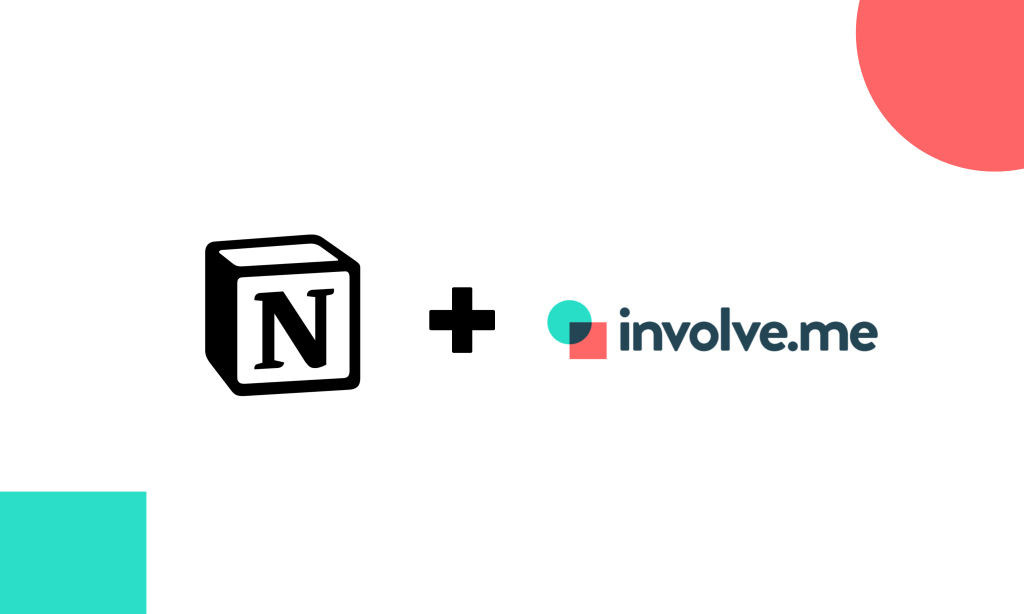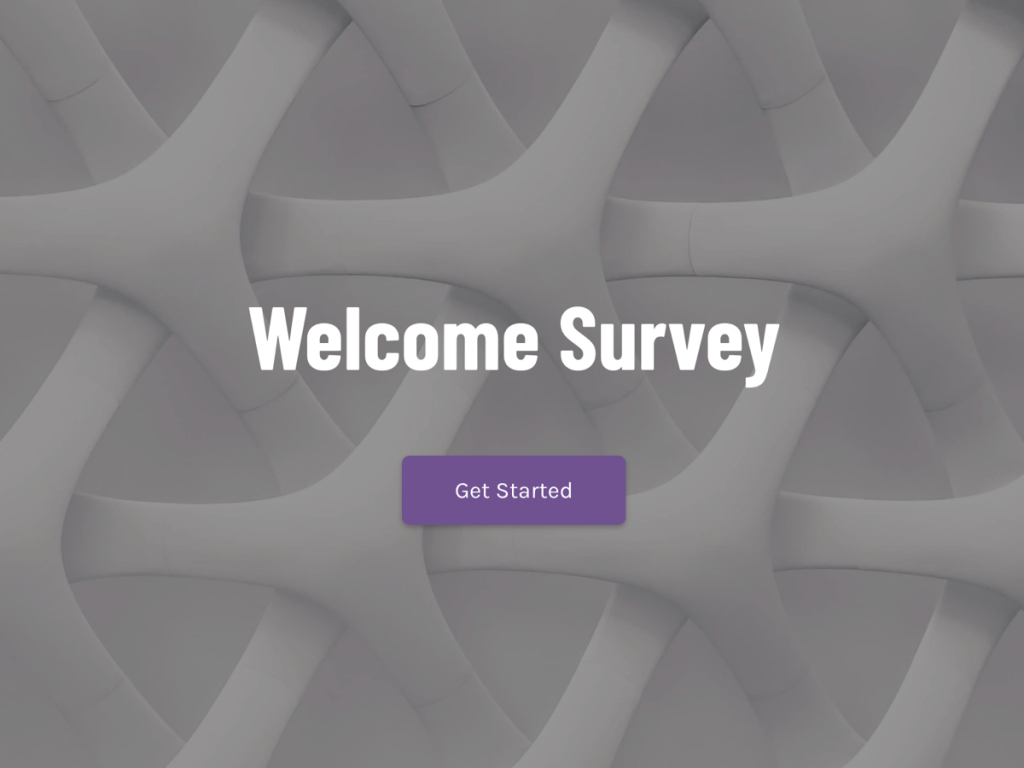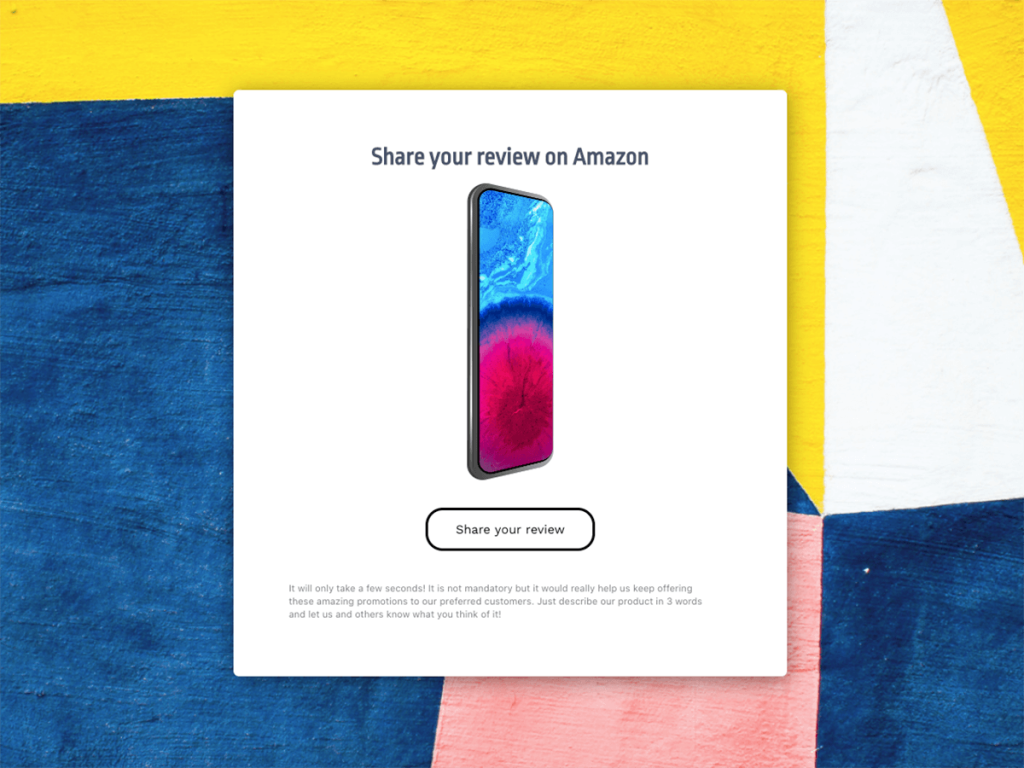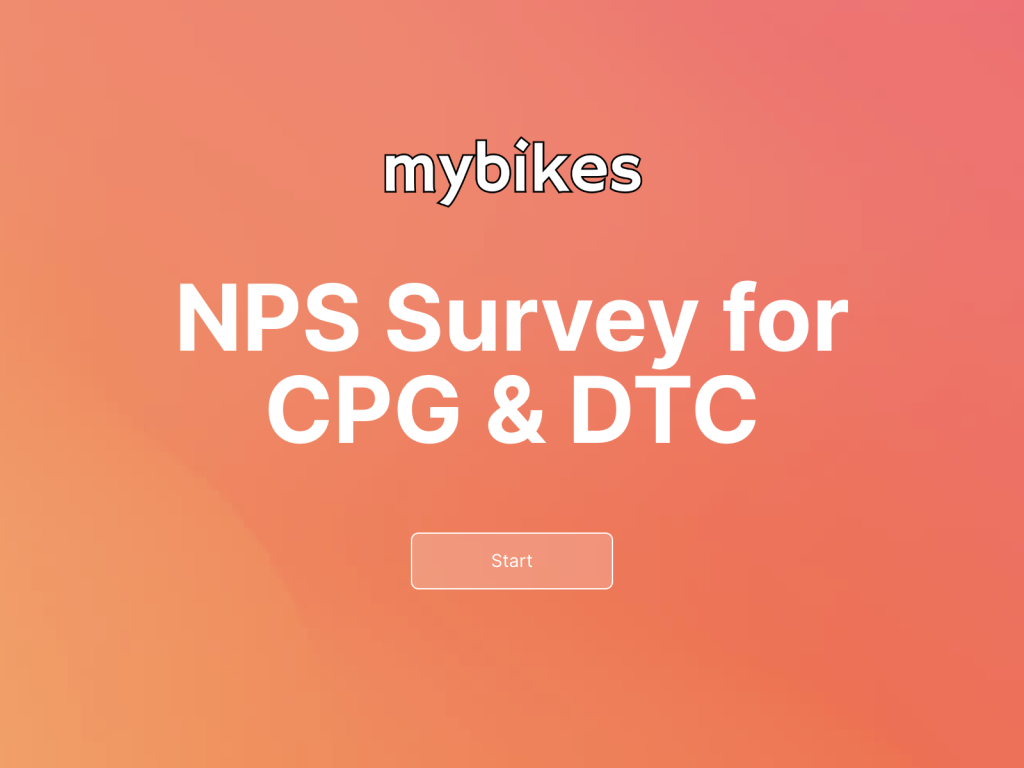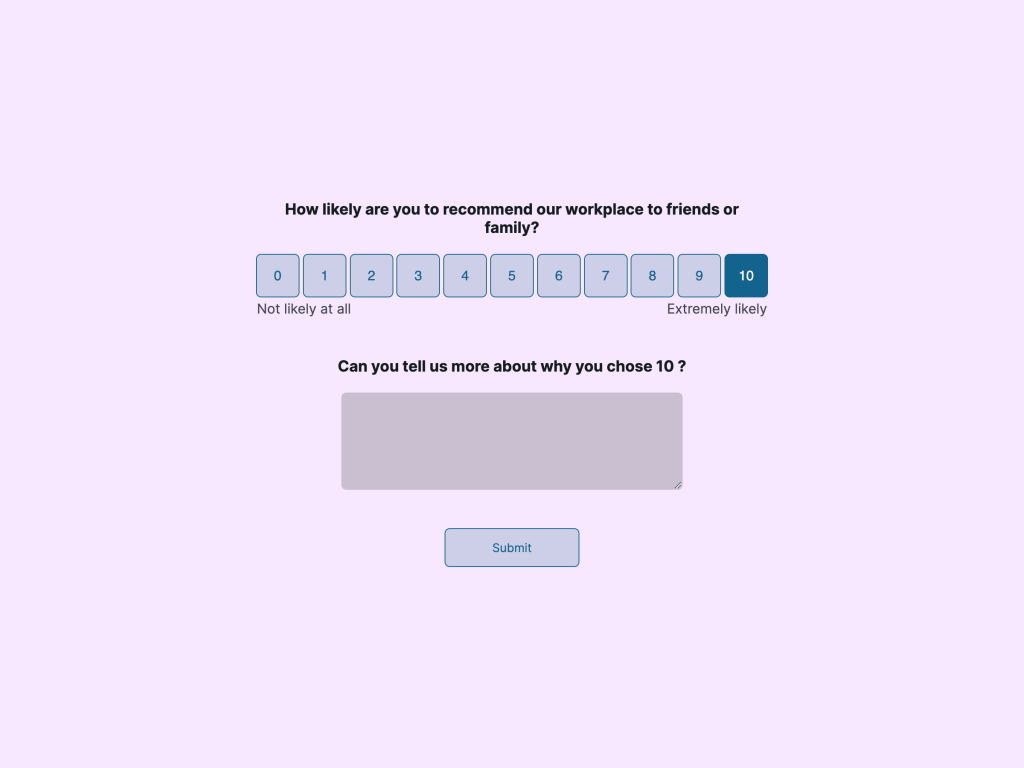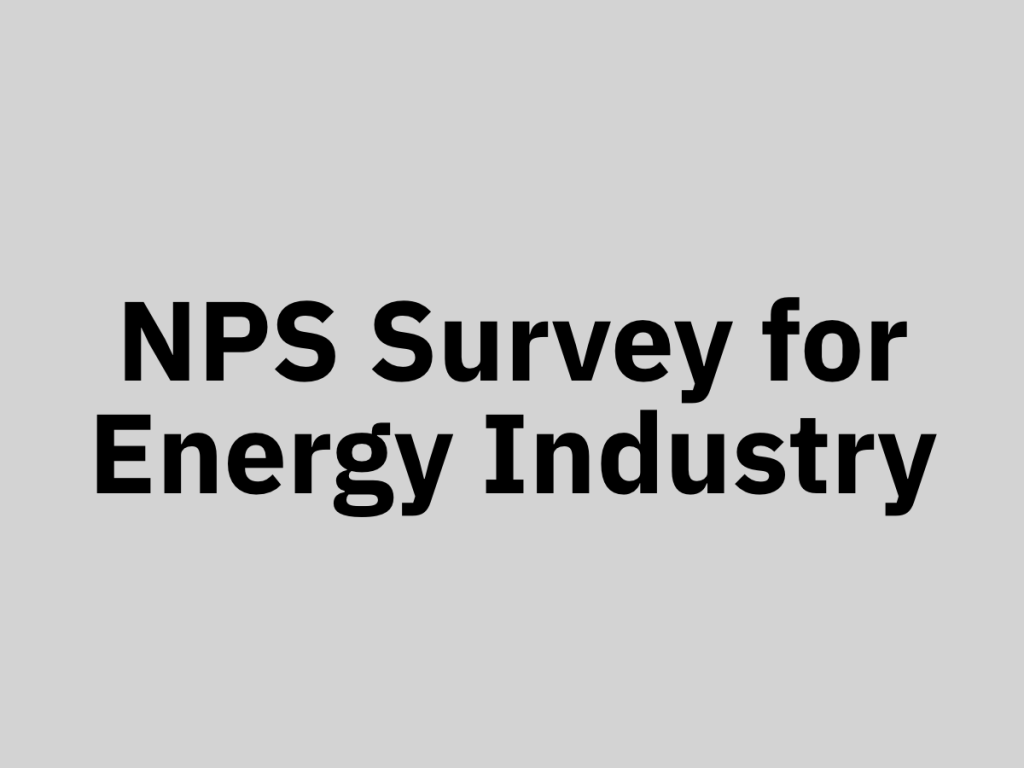Today's businesses thrive on data-driven insights and many form builders exist for creating surveys, quizzes, and forms that gather valuable customer data.
However, not all offer Notion integration, a platform celebrated for its flexibility and utility. This integration can significantly enhance how professionals organize and manage data.
You might wonder how connecting your forms with Notion could benefit your business.
This article will discuss the advantages of notion integration, providing a detailed guide on merging survey data directly into Notion databases.
We’ll cover everything from setting up your survey platforms to configuring Notion for receiving and organizing data. This approach will help you to make better strategic decisions and boost operational efficiency through real-time data analysis.
How Notion Integration is Helpful?
Seamless Data Integration
Integrating survey responses directly into Notion ensures a smooth flow of data from the survey platform to Notion, facilitating a more streamlined management process. For example, a marketing team conducting a customer satisfaction survey can see their data automatically populate in Notion, eliminating the need for manual data transfer and minimizing the risk of errors.
Your Data is Organized
Notion excels in organizing large volumes of data. It allows users to categorize and filter survey responses, making it easier to manage and navigate through information. Within Notion, data can be visualized using a variety of templates or customized views, which helps in interpreting the collected data more clearly and making strategic decisions more confidently.
Improved Decision Making
Immediate access to well-organized survey data through Notion can significantly speed up the decision-making process. Businesses can respond quickly to customer feedback and adapt to market trends with agility. For example, a rapid analysis of customer satisfaction surveys can lead to immediate improvements in service or product offerings.
How to Integrate Notion with Online Surveys: A Complete Guide
Step 1: Create Your Surveys with involve.me
To start, you'll need to create a survey with involve.me. This platform provides a user-friendly interface with multiple options:
Using AI Generator: Quickly generate surveys with the help of AI.
Pre-Designed Templates: Choose from a variety of templates to suit your needs.
Starting from Scratch: Customize your surveys from the ground up.
involve.me offers advanced features and allows for seamless integration with Notion. Once you've designed and customized your project, you're ready to move on to the integration process.
Step 2: Connecting the Notion Integration
To connect involve.me with Notion:
Navigate to the "Integrations" Tab: In the navbar or the project's dropdown menu, select "Connect."


Select Notion: Click on "Connect" on Notion's card.

Log In to Notion: If you're not logged in, you'll be prompted to do so. After logging in, allow involve.me to access your Notion account.

Step 3: Finalizing Notion Integration
In the integration setup, click "Select pages" to choose which pages in Notion involve.me will access. This ensures that your data goes exactly where it needs to.
Check the boxes for the pages you want involve.me to update. This allows your surveys to send data directly to these specific pages in Notion.

Now click "Allow access." You'll see a confirmation with the name of the connection and a message indicating that Notion has been successfully connected.

Step 4: Testing and Troubleshooting
Once you've established the connection, it's vital to test the integration thoroughly. Start by sending multiple test responses from your survey to Notion. Verify that each response is accurately recorded in the correct fields and that all data types are consistent with your database schema. Watch for common issues such as fields not syncing correctly or data appearing in unexpected formats.
If you encounter any errors reach out to involve.me customer support teams. Additionally, keep a log of any issues you encounter and how you resolved them, which can help streamline troubleshooting for similar issues in the future.
Step 5: Managing and Utilizing Data
With your data now flowing into Notion, the focus shifts to managing and utilizing this information to drive business decisions. Use Notion’s powerful organizational tools to sort and filter responses, which can help you quickly identify trends or areas of concern. For example, if you're collecting customer feedback on a new product, you could filter responses based on satisfaction ratings to easily see which aspects of the product need improvement.
Consider setting up automated workflows within Notion. For instance, you could automate task assignments to team members when certain conditions are met in survey responses, such as a low satisfaction rating triggering a follow-up task. This ensures that no critical feedback is overlooked and that your team can react swiftly to input from customers.
Regularly review the data for insights and make adjustments to your survey or database setup as needed. As your data grows, it may also be useful to link your survey response database with other relevant databases in Notion to create a comprehensive ecosystem of your business data, providing richer insights and more cohesive strategic oversight.
Final Words
Just by following a few simple steps, you can easily integrate your custom surveys, quizzes, and forms with Notion pages.
This ensures that all gathered data is automatically organized and readily accessible.
Whether you are gathering customer feedback, conducting market research, or tracking event registrations, this powerful integration makes it easier than ever to manage and leverage your data.
Ready to simplify your data collection and analysis? Visit involve.me now and start crafting interactive forms that can transform your data workflow and boost your project’s efficiency.
Create Your Own Online Surveys
Get Started with 350+ Templates
Rental Real Estate Onboarding Funnel Template
Welcome Survey Template
Amazon Review Funnel Template
Opinion Scale Survey for CPG & DTC Template
Opinion Scale Survey Template
Opinion Scale Survey for Energy Industry Template

